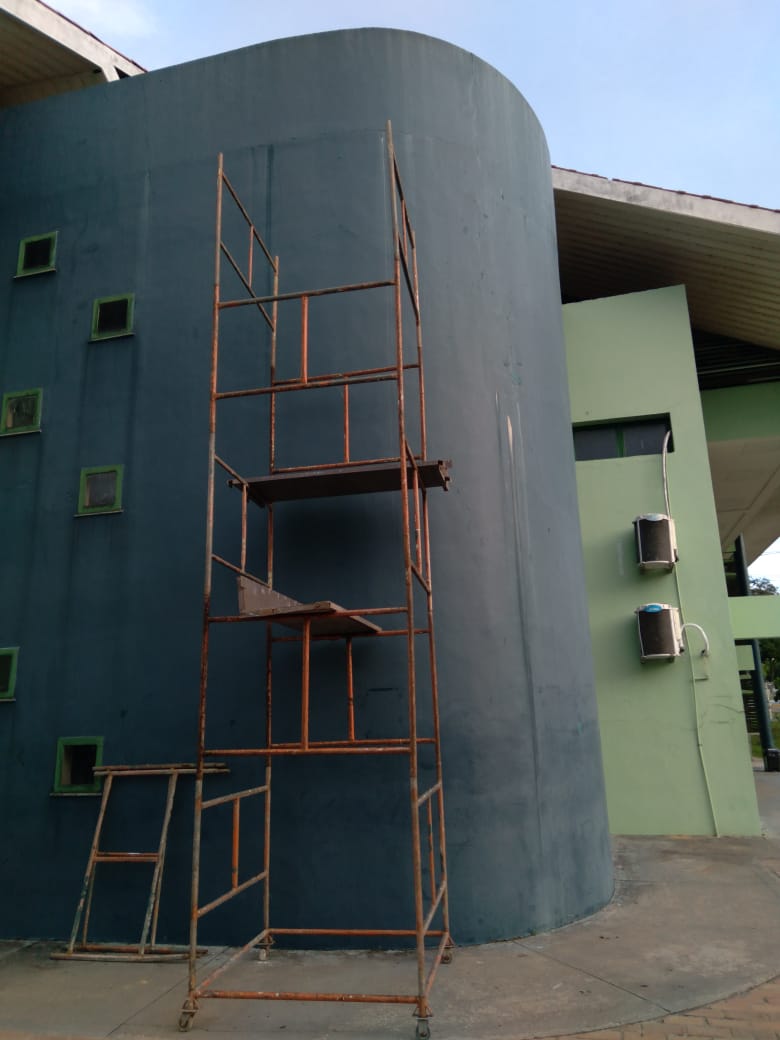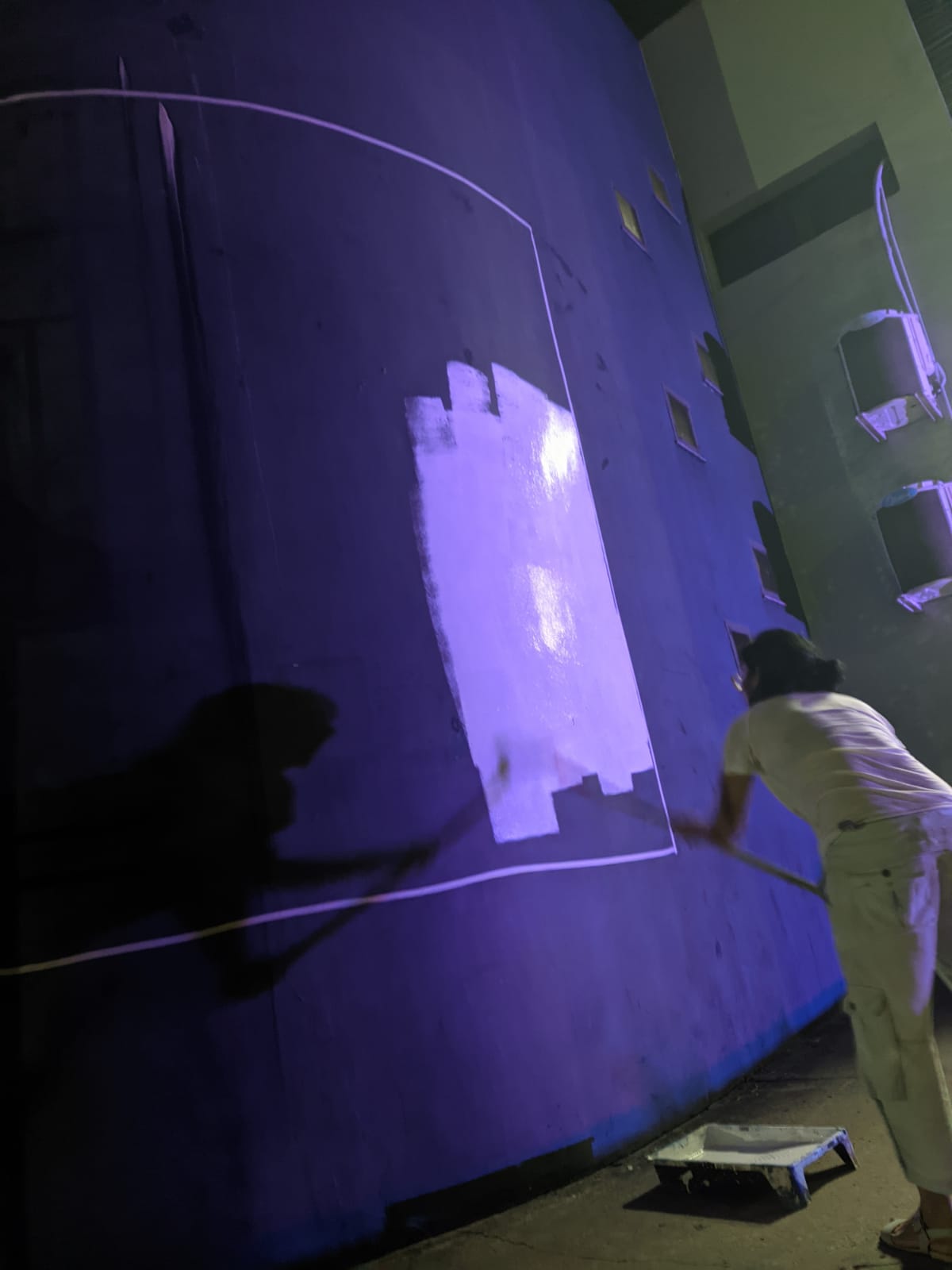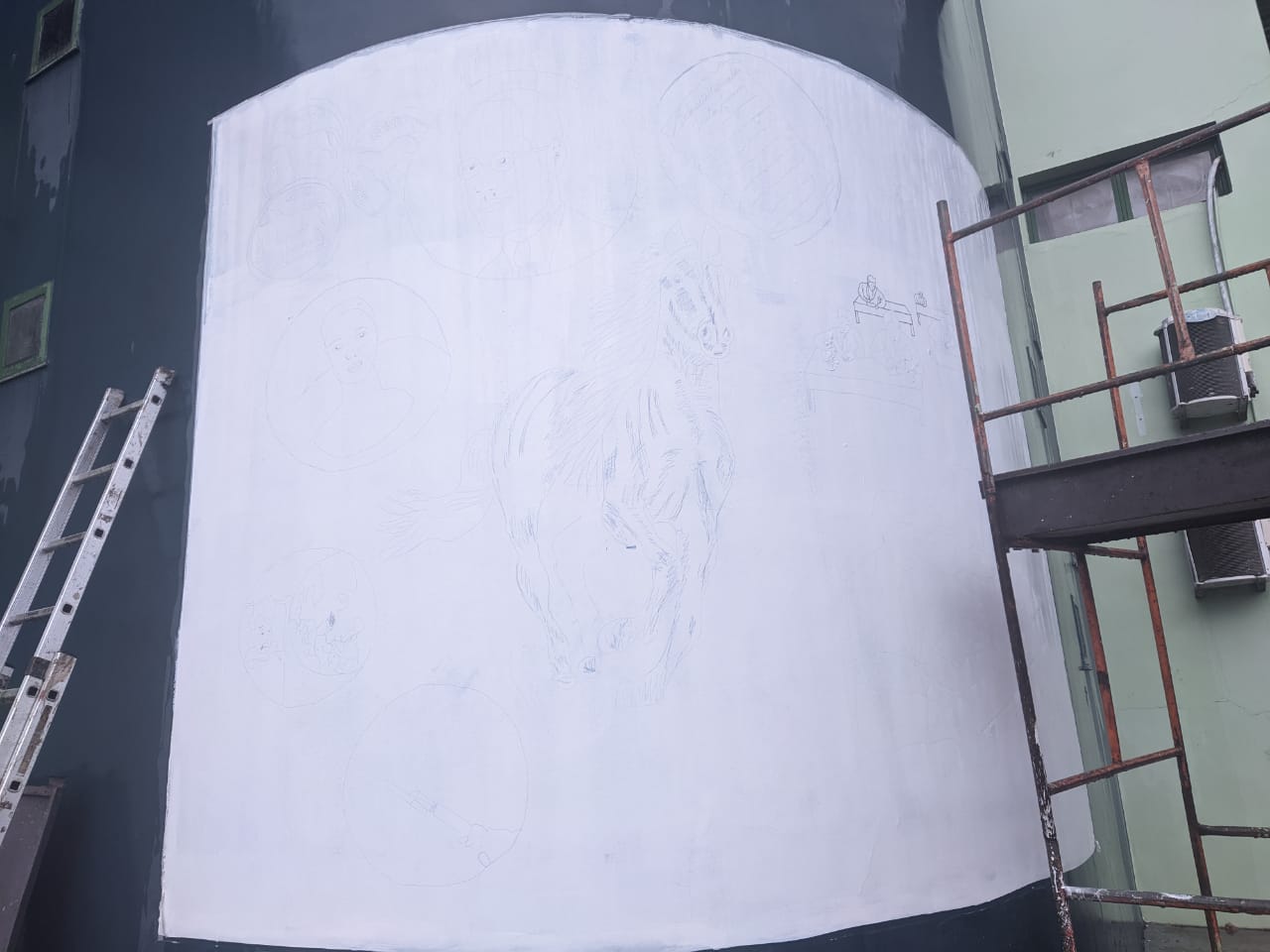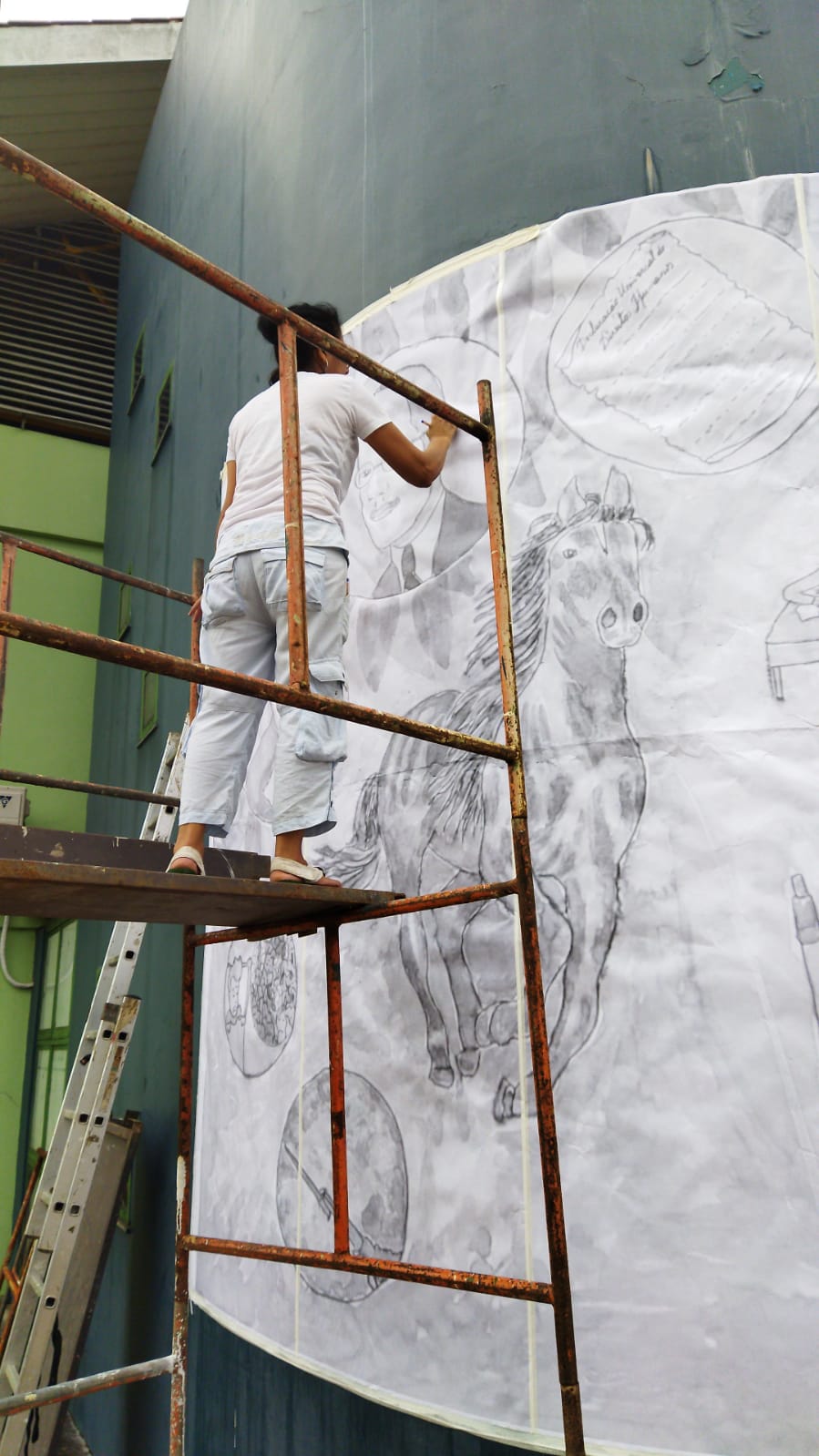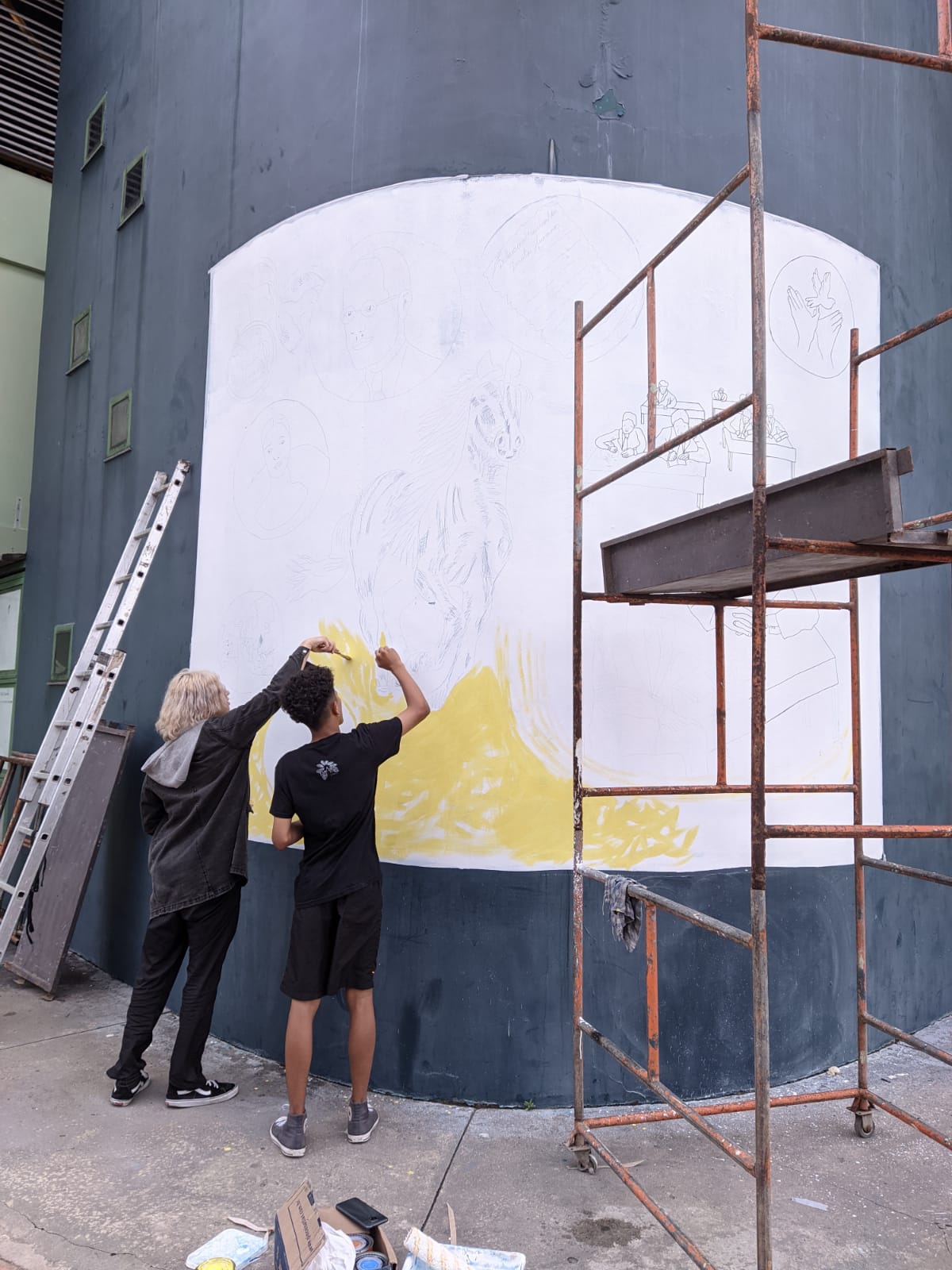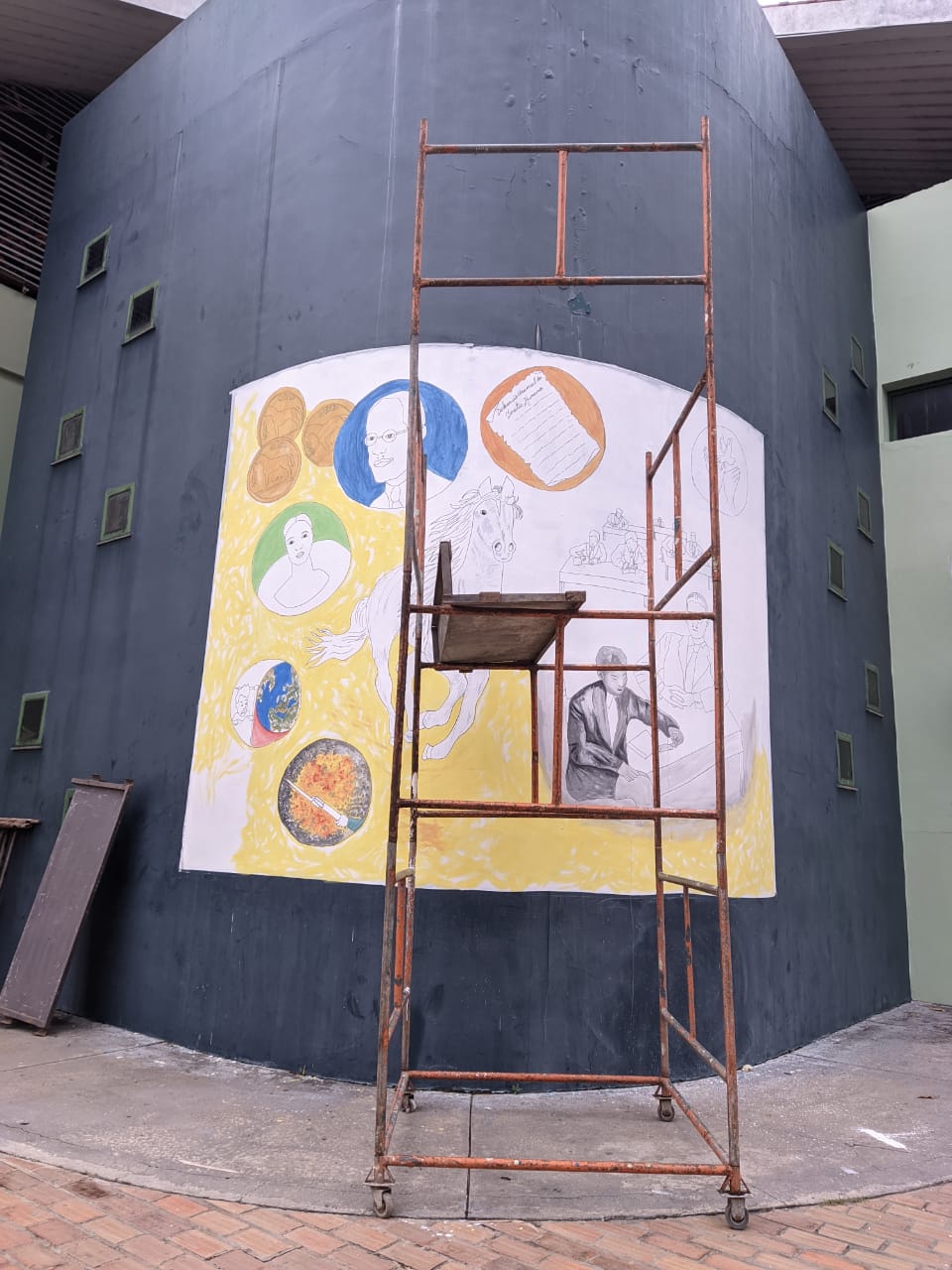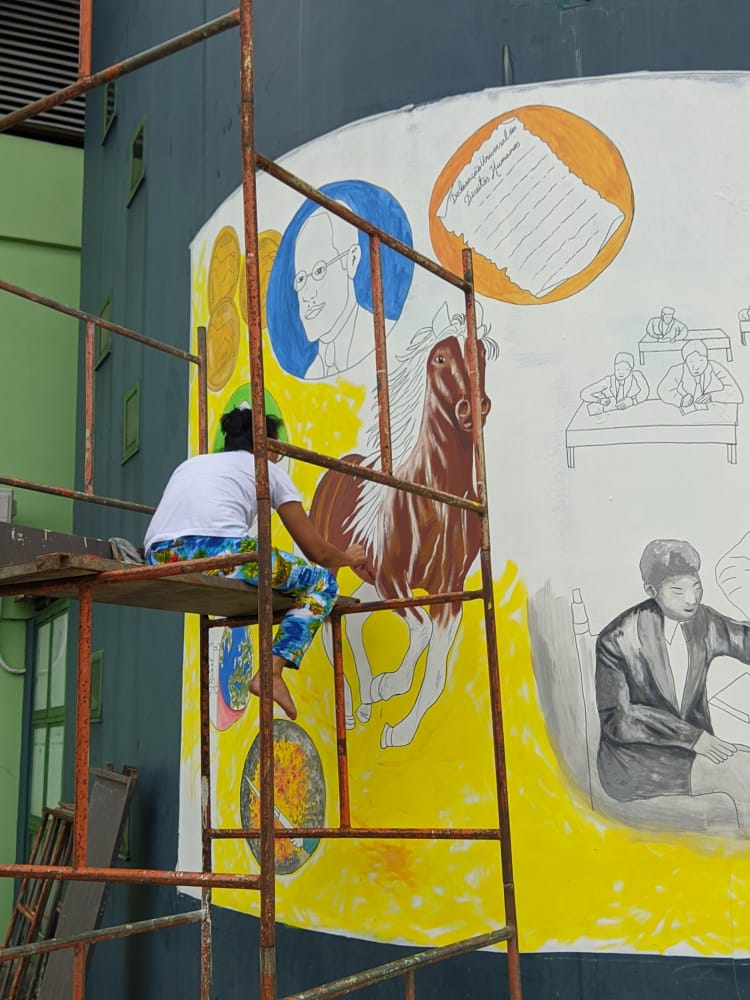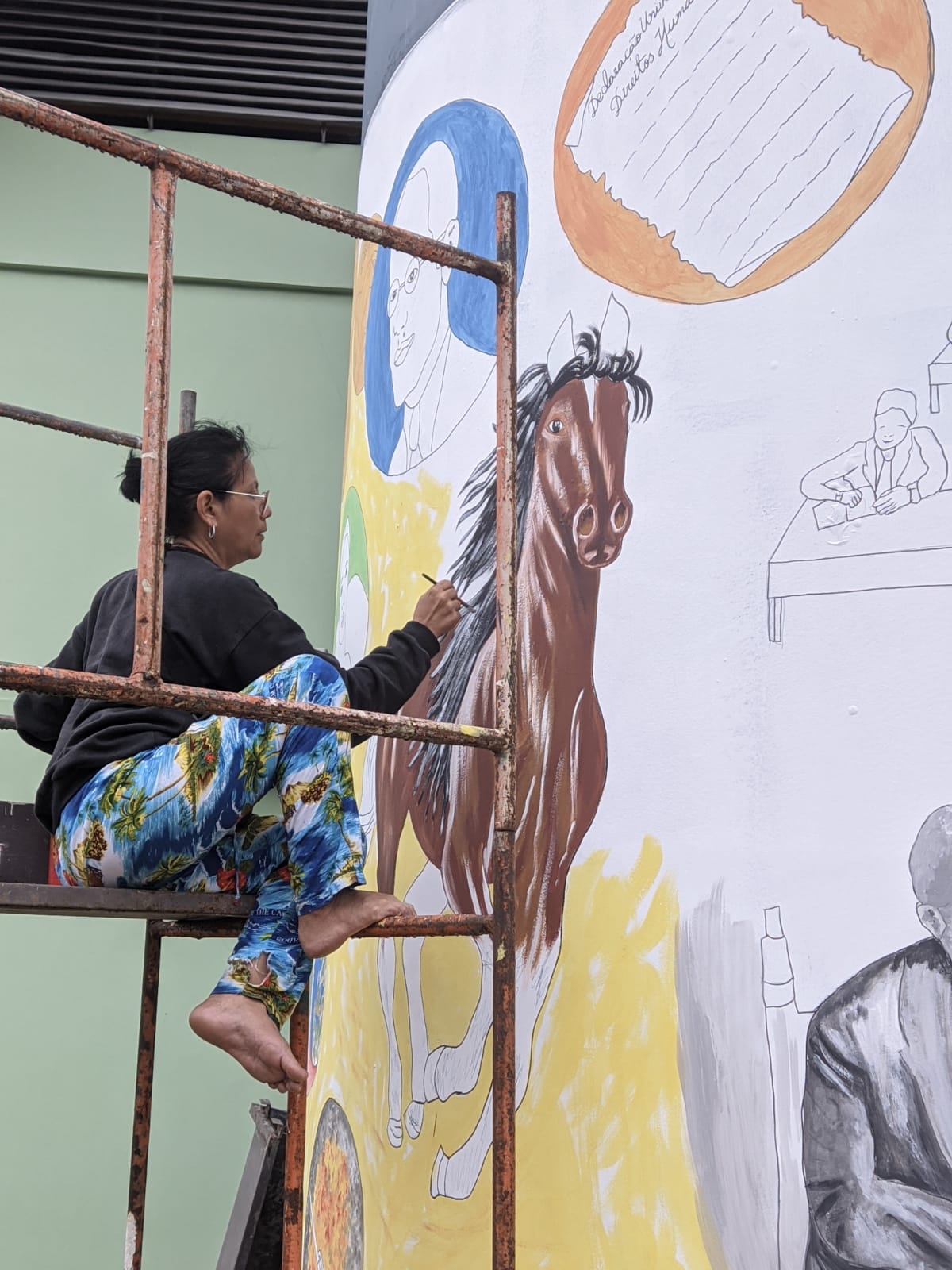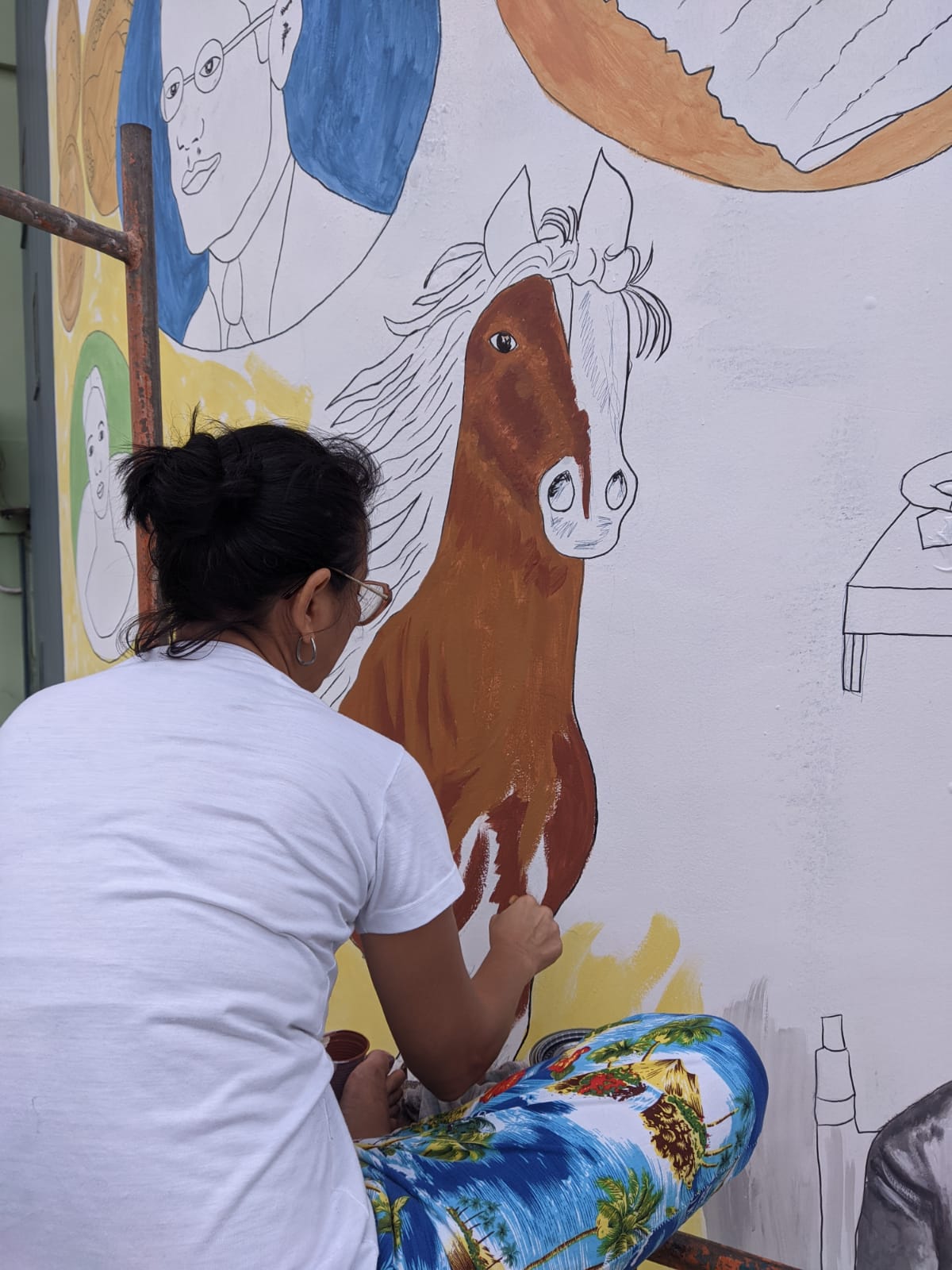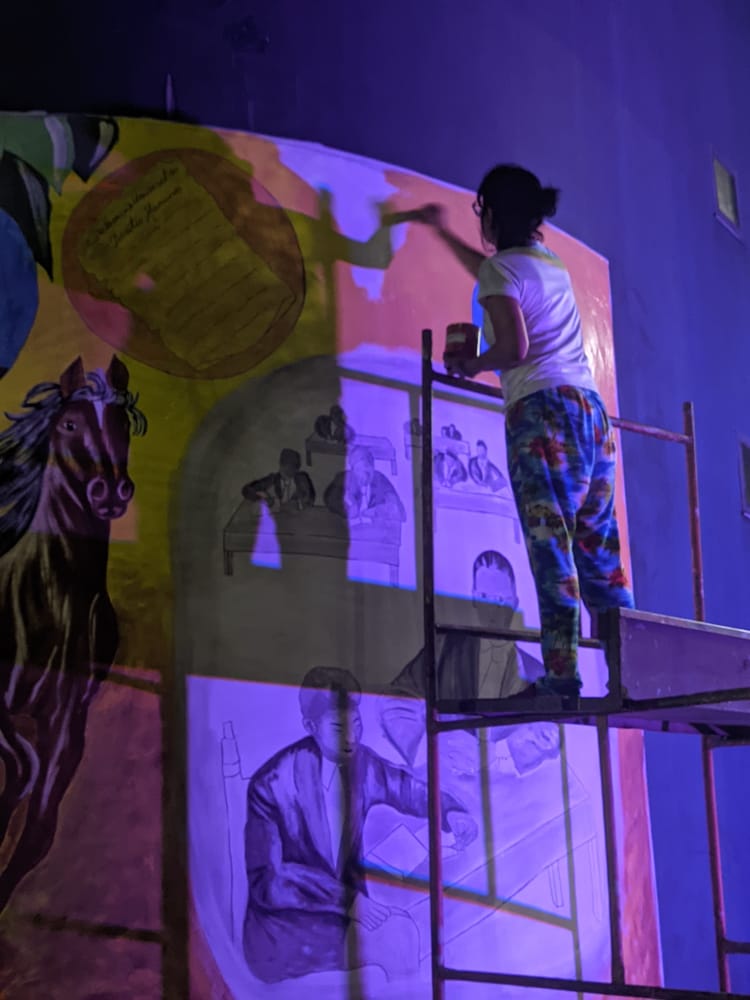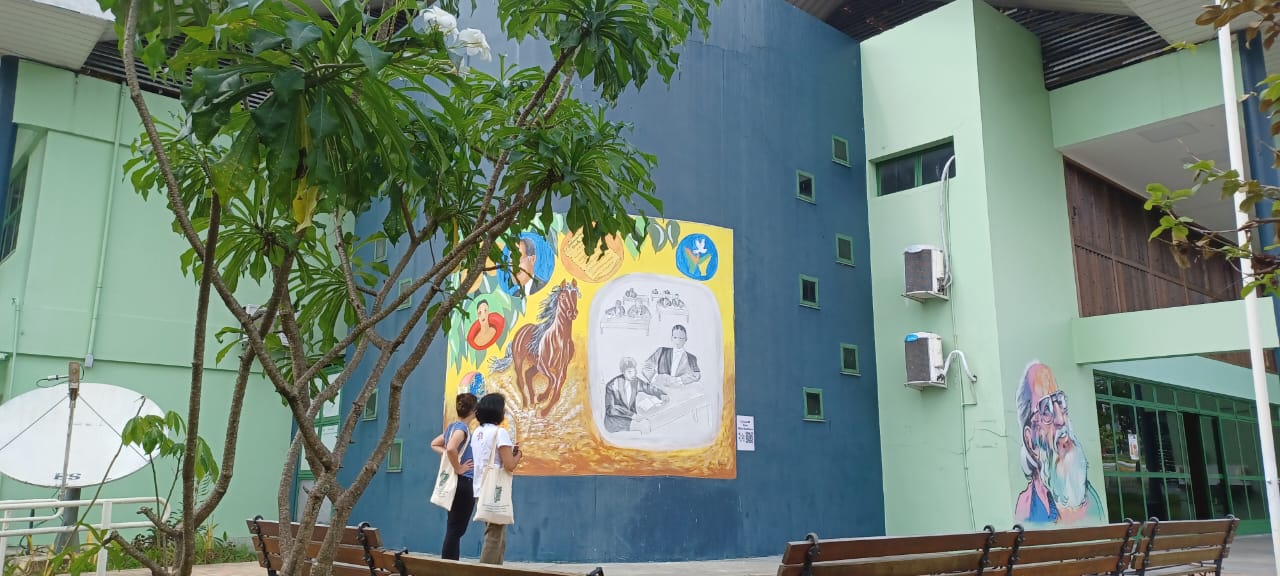
On June 16th, Ireland celebrates Bloomsday, a day especially dedicated to honoring Leopold Bloom, the protagonist of the book “Ulysses”, by James Joyce. The literary work tells the story of a day in the life of several characters in Dublin, on June 16, 1904. interesting.
James Joyce is an Irish writer and one of the greatest authors of the 20th century. Joyce uses different narrative styles and his work is full of modernities, symbols and references. The author is well known for his experimental use of language, inventing new words and making sense of others.
The year 2022 is very important for Ireland as this year we will celebrate the centenary of the publication of the book “Ulysses”. To celebrate this important milestone, the Irish Embassy, in partnership with 18 universities throughout Brazil, presents the project “Ulysses100 Pelos Olhos Brasileiros”, in order to conceive a visual interpretation of one of the 18 chapters of the book. The purpose of the project is to explore how Brazilian youth interpret the book “Ulysses” 100 years after its publication.
The State University of Amazonas was one of the eighteen Brazilian universities selected to participate in the Project “Ulysses 100 by the Brazilian Eyes”, for the execution of the artistic interpretation of episode 2 (Nestor), which can be visited on Escola Normal Superior, nº 2470, in Manaus.
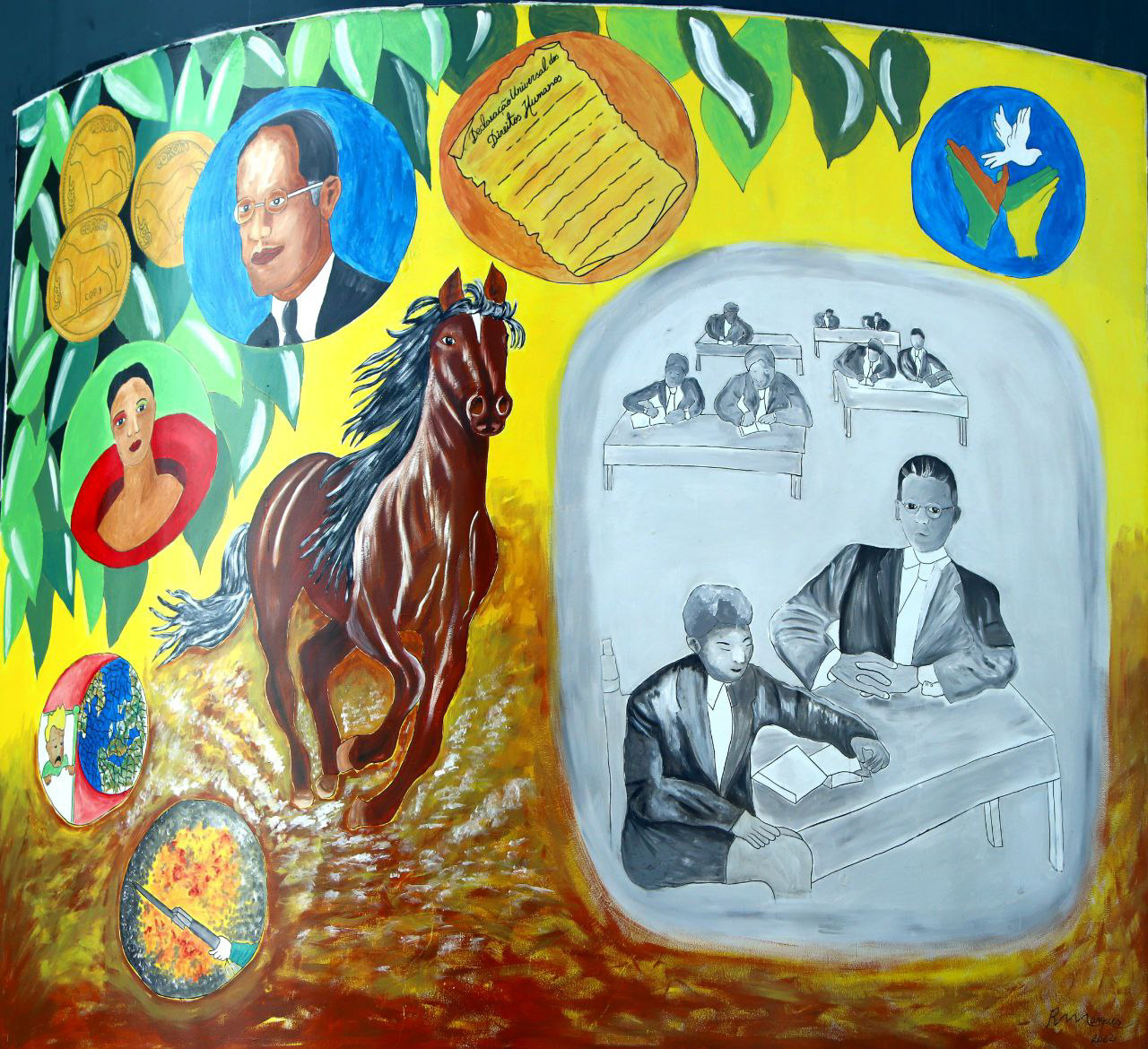
The painting on the wall measures 4 meters wide and 3 meters high (area of 12 square meters) and was created by the artist Rejane Marques, a graduate of the Geography Course at Escola Normal Superior.
The sketch of the illustration was made using the watercolor painting technique in a size of 50x70 and inspired by episode 2 of the book (Nestor).
At the center of the drawing are caricatured images of James Joyce himself, as an adult and as a child, representing Stephen and Sargent, alluding to the autobiographical notes that appear in Joyce's work. Both sitting around a study table in a classroom in a reunion of the author with himself. The color of this image, the room and the characters, are in black and white to give the idea of past time and reference to the atmosphere of the episode.
The classroom represents the fundamental role of education as a factor of social transformation, also referring to the hosting of the Ulysses 100 project by 18 Brazilian Universities. Another central element is the image of the moving horse in brown, symbolizing the implacable passage of time and history, which are central symbols and references of this episode.
One phrase in particular that inspired me in assembling the elements of the mural was: “Over his wise shoulders, through the chess of leaves, the sun threw lenses, dancing coins.”. Based on the imagery elements of this final sentence of the episode, I composed the circles, as if they were “dancing coins”, where the figures and other elements of the design alluding to war and peace are inserted. And because of her, I was inspired to create a large tree on one of the edges of the illustration, the element of the Amazon Forest, from which coins and spheres of light emerge from its foliage.
War and peace are elements of inspiration as points of darkness and light in the passage of human history. They are scenes symbolized in colored circles. I bring war and the human nightmare of this scourge in the world. I also illustrated, through the Universal Declaration of Human Rights, the quest for peace and justice, also in honor of Roger Casement, a pioneer in denouncing serious, massive and systematic violations of the rights of the indigenous peoples of the Amazon in the early 20th century.
As a Brazilian artist, reading Ulysses in 2022, I could not fail to portray characters like Mário de Andrade and Tarcila do Amaral, relating the modernity of Ulysses to the Modern Art Week in Brazil, coincidentally contemporary and centenary.
Another aspect that caught my attention was the discussion brought by the author at that time about racial and gender hatred in Mr. Dease, principal of the school. This character brings a xenophobic, anti-Semitic and misogynistic speech, revealed with a tone of irony, by the conversation with Professor Stephen, towards the end of the episode. I emphasize: “the woman brought sin into the world”. That's why I was inspired to insert Tarcila as a female representation.
The celebration of the 100th anniversary of this work of world literature, together with the 100th anniversary of the Week of Modern Art and the bicentenary of the Independence of Brazil and the centenary of the liberation process in Ireland, were sources of inspiration for me, because the central reference of the Nestor episode is History. Therefore, alluding to the intersection of the histories of Ireland and Brazil, I created a symbol in the upper right part, to mark the love of freedom of both peoples and international cooperation for Peace.
